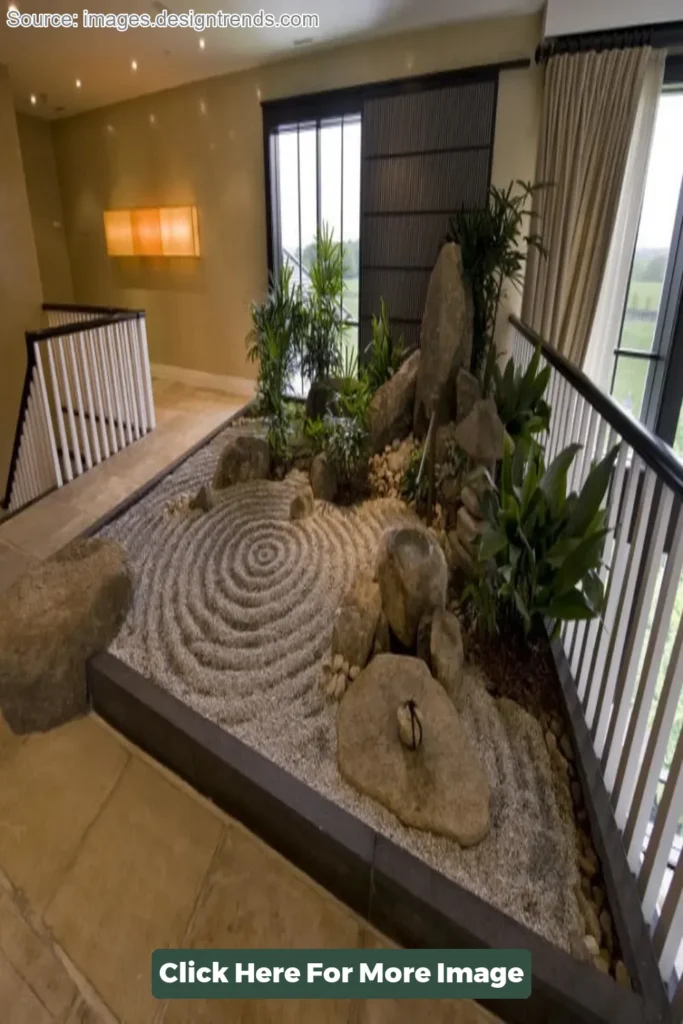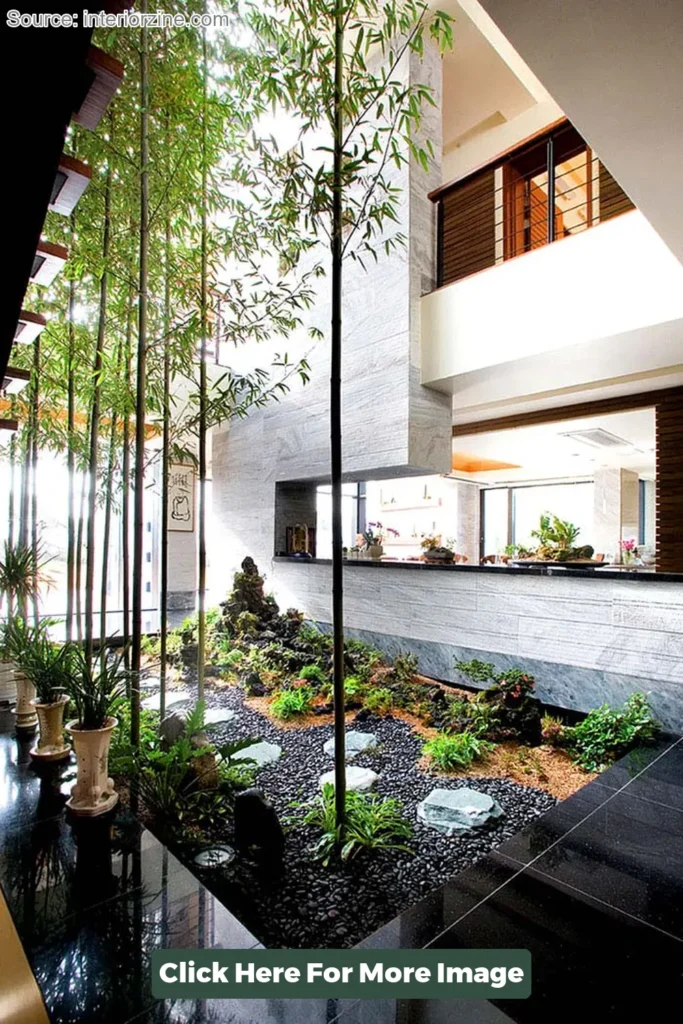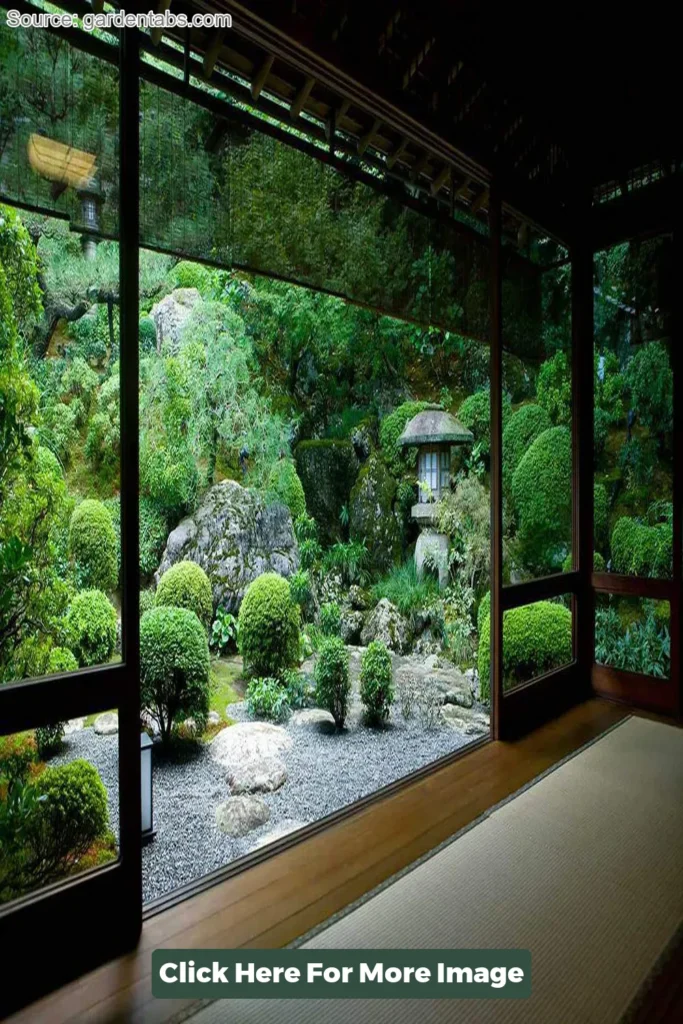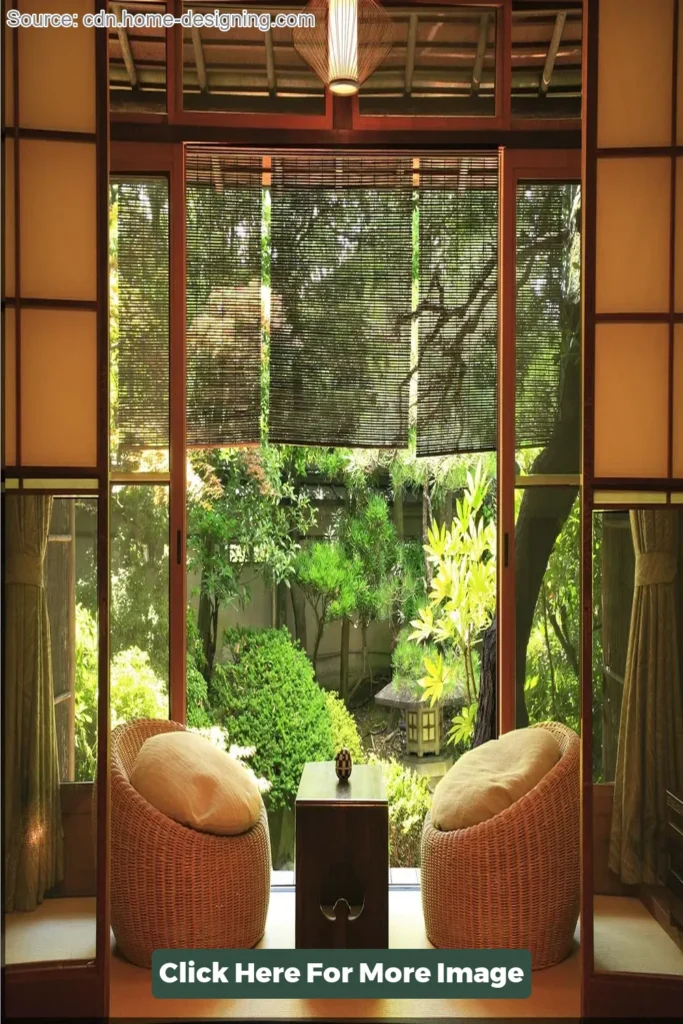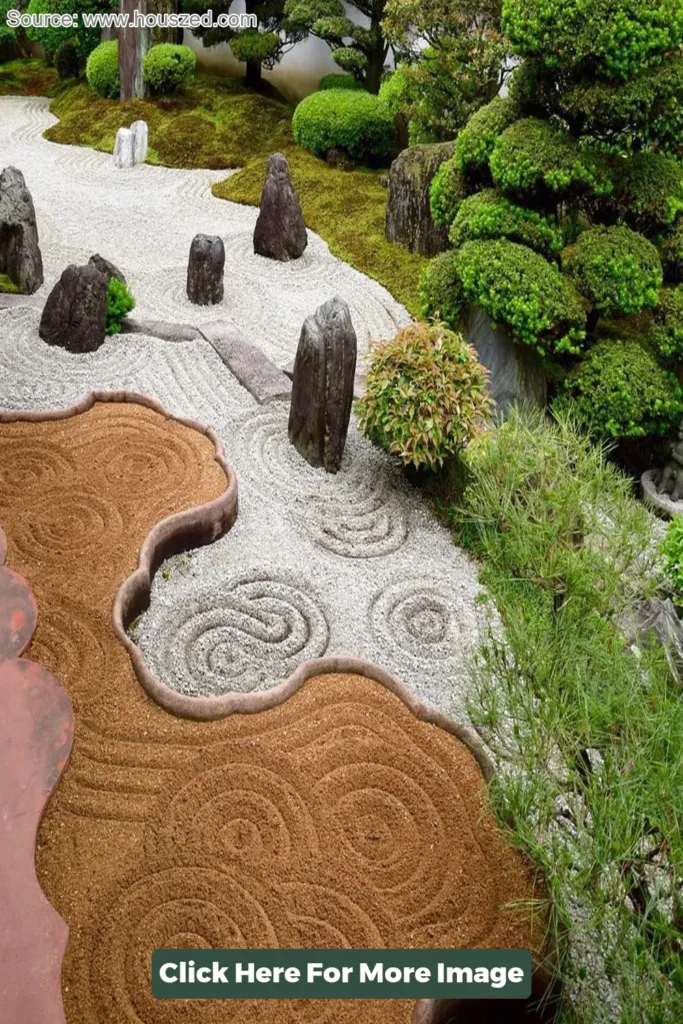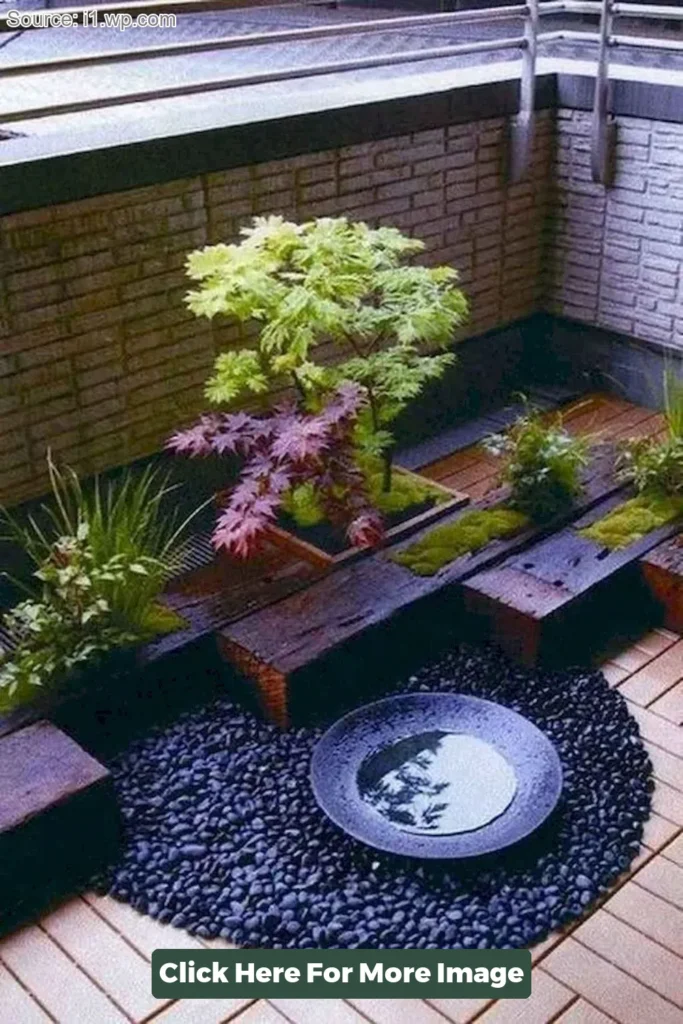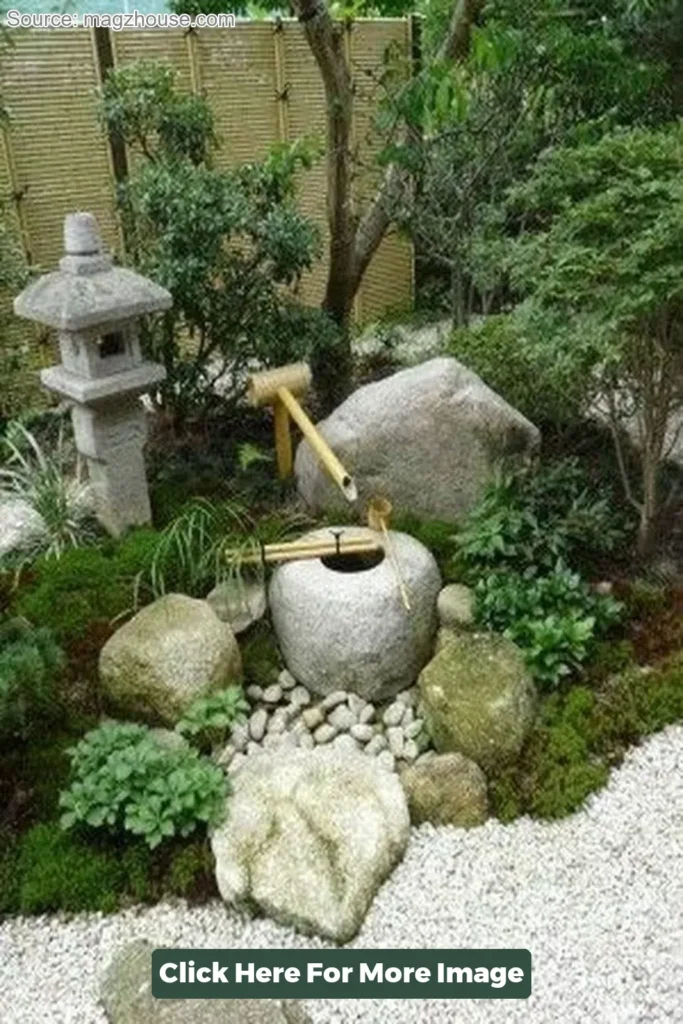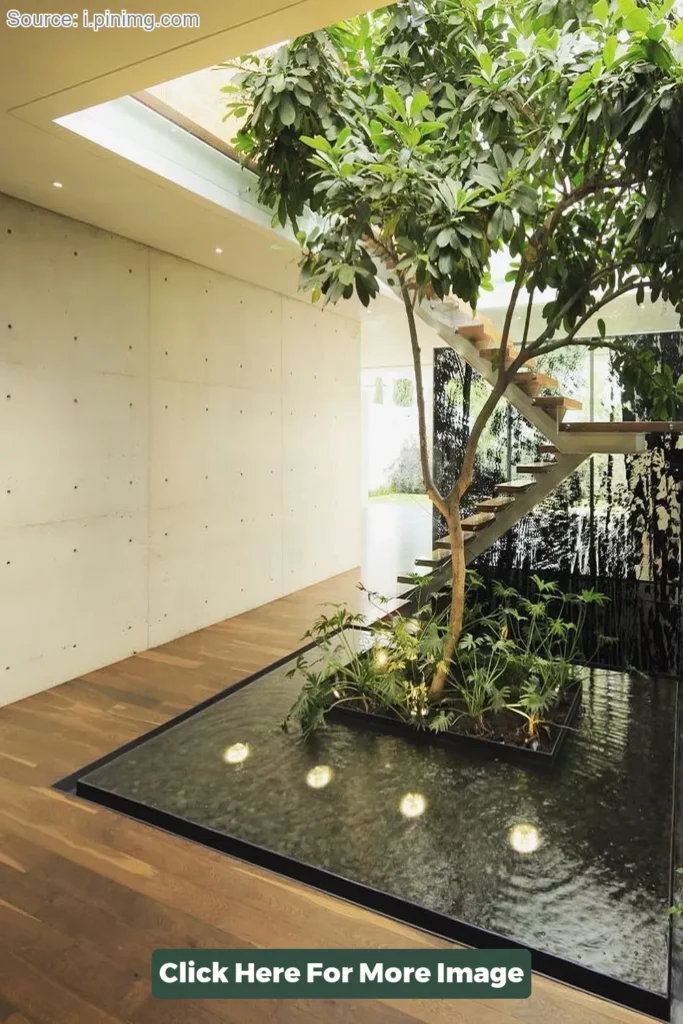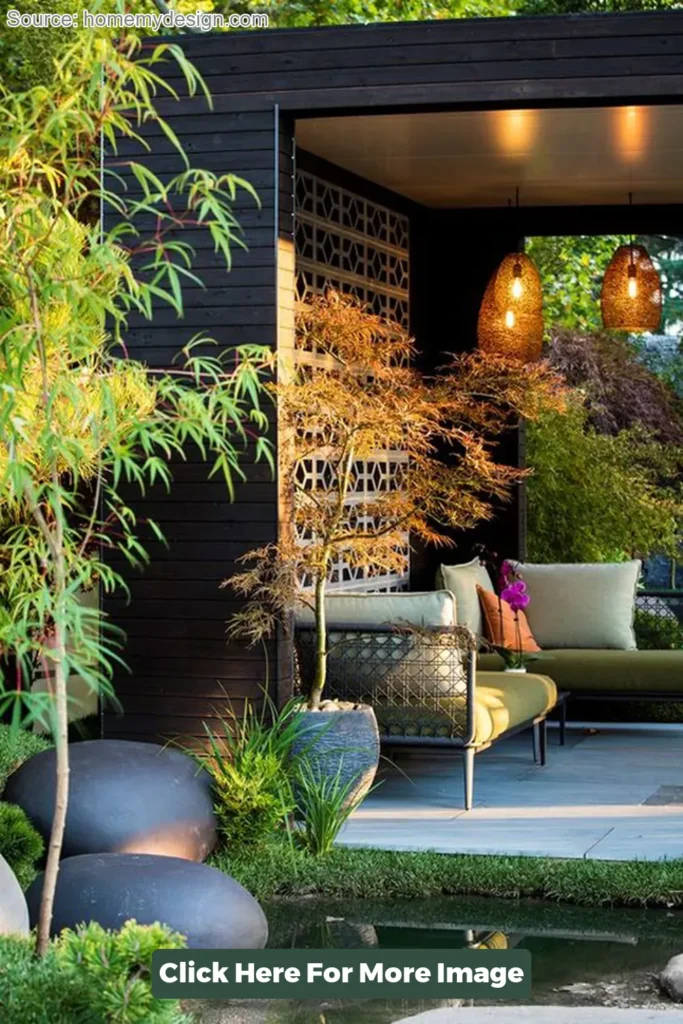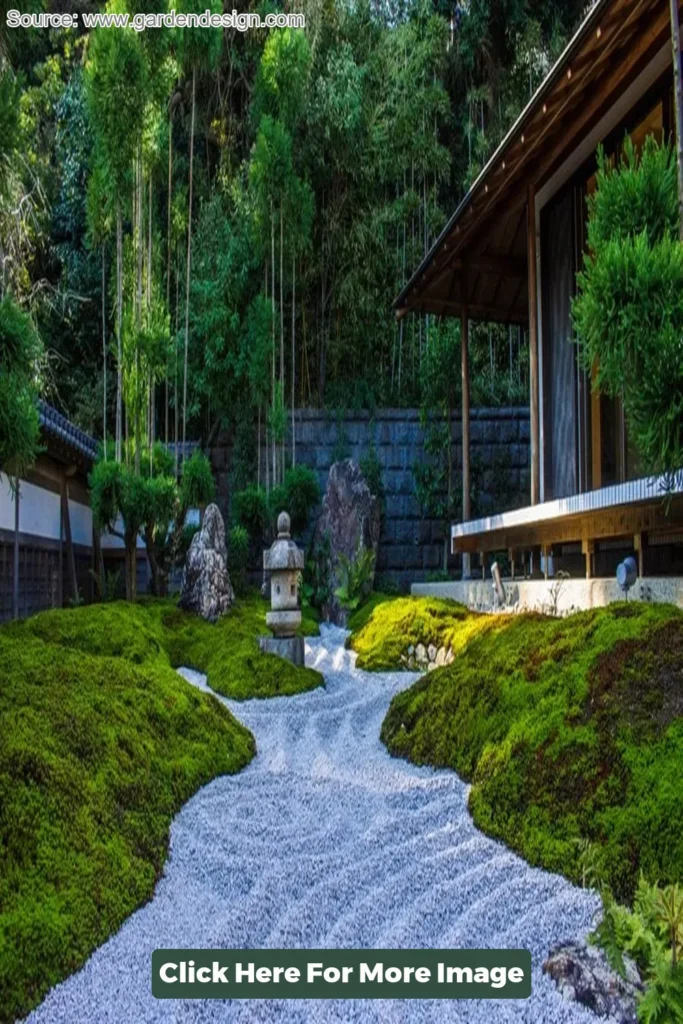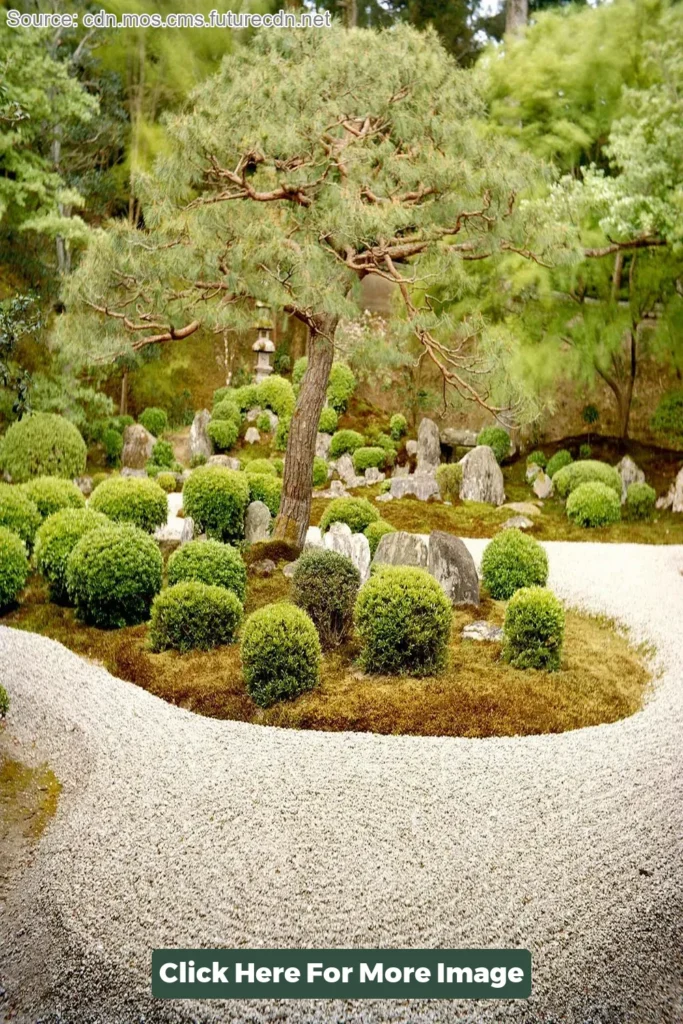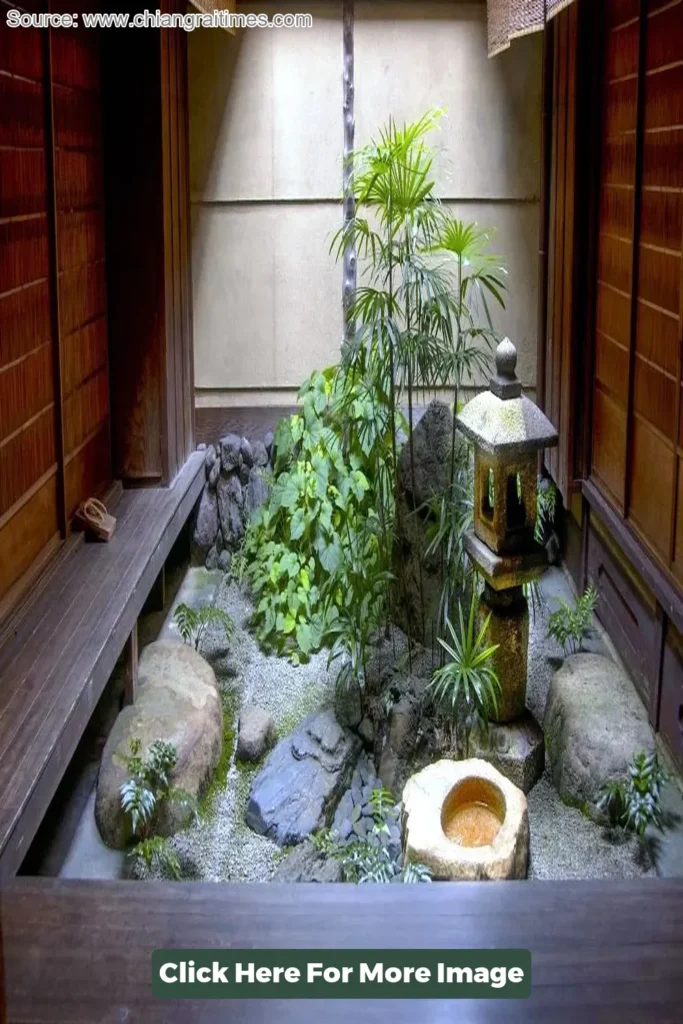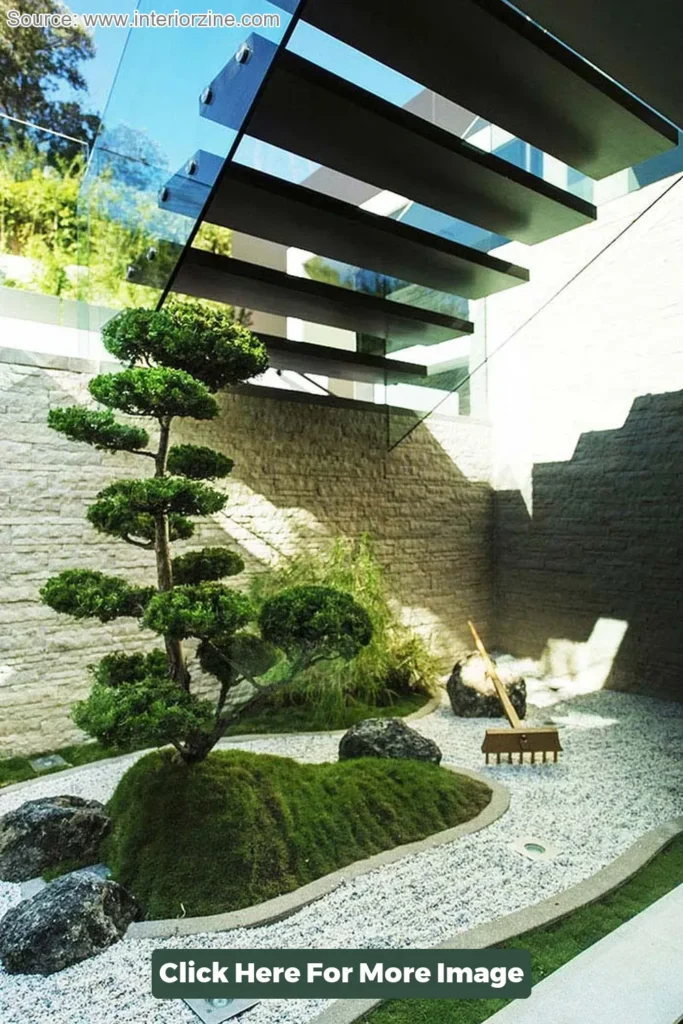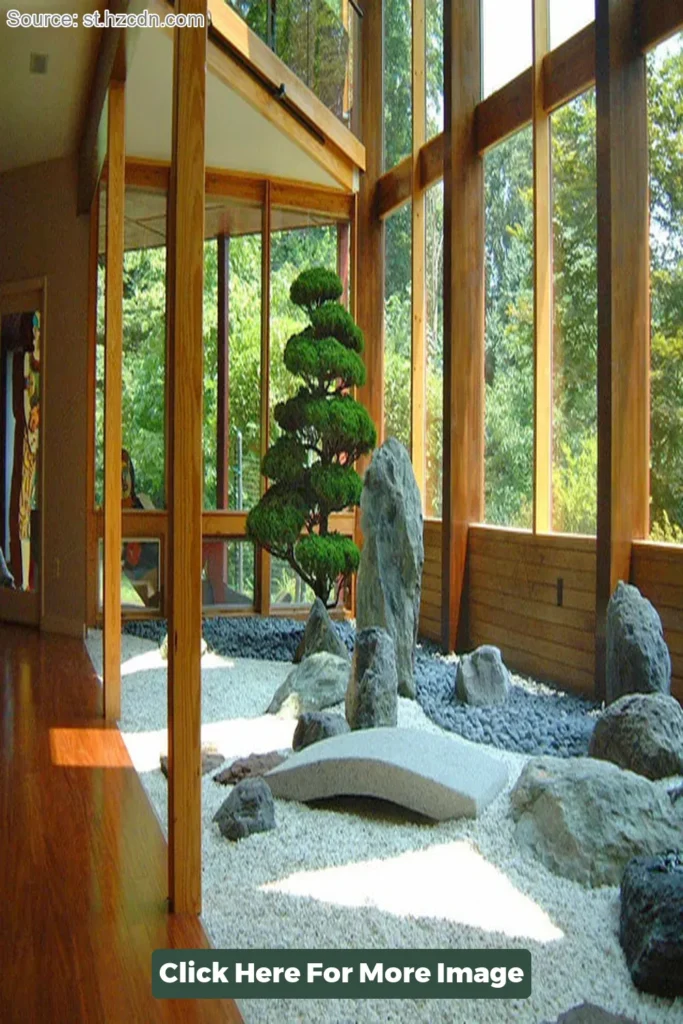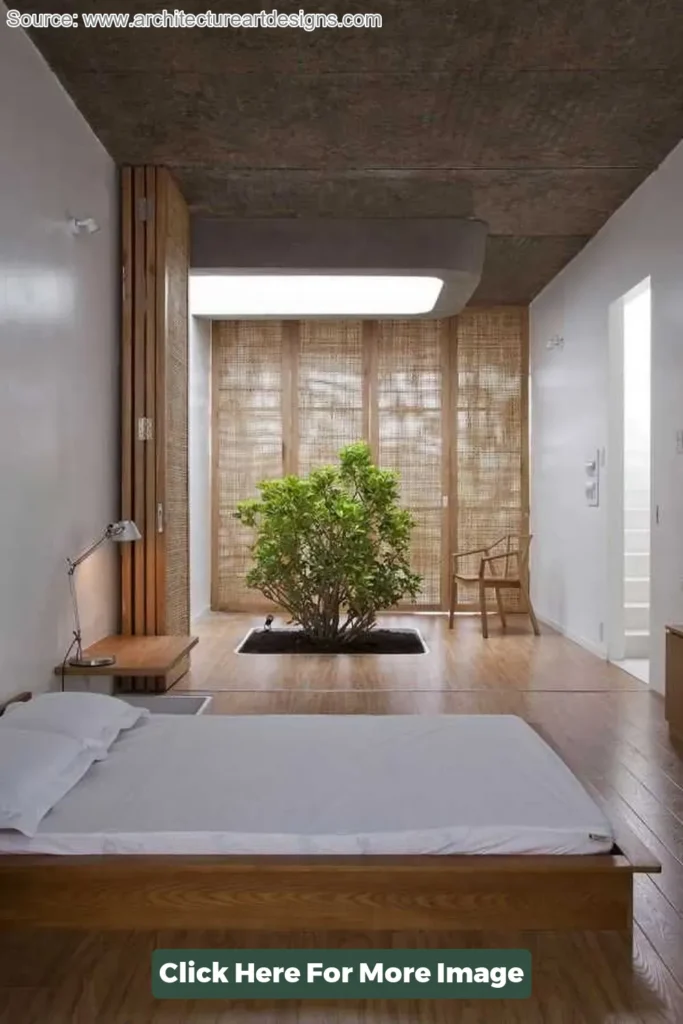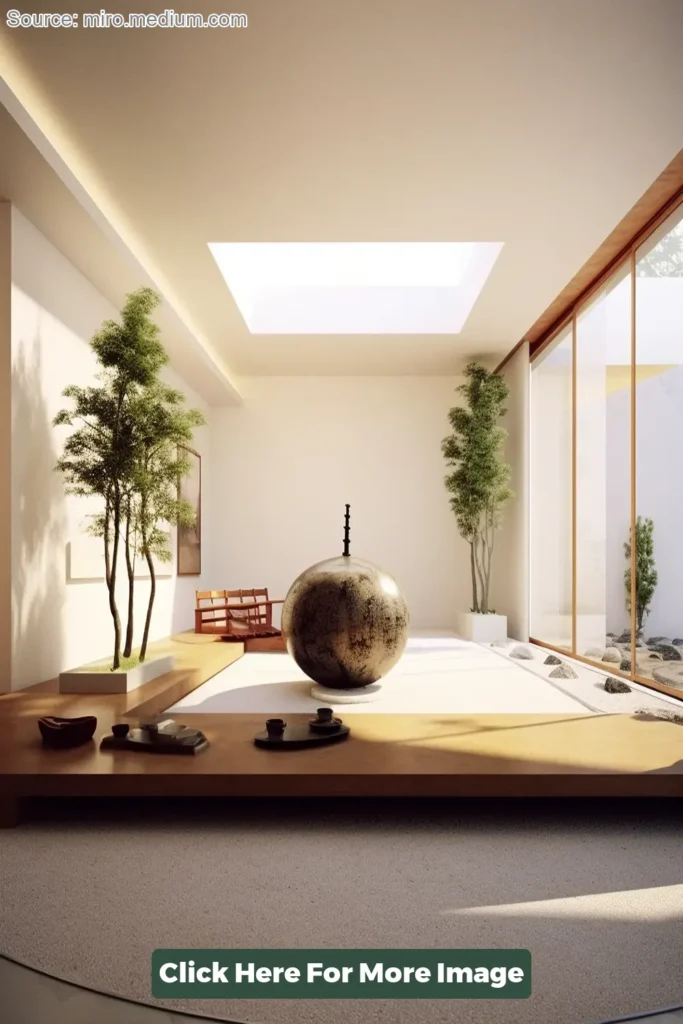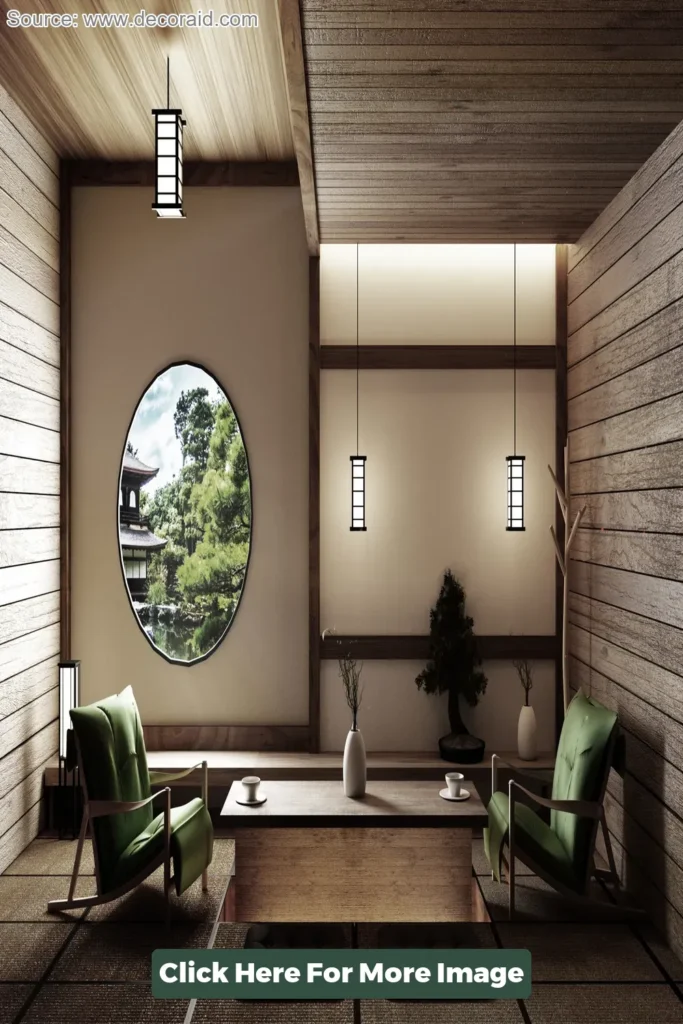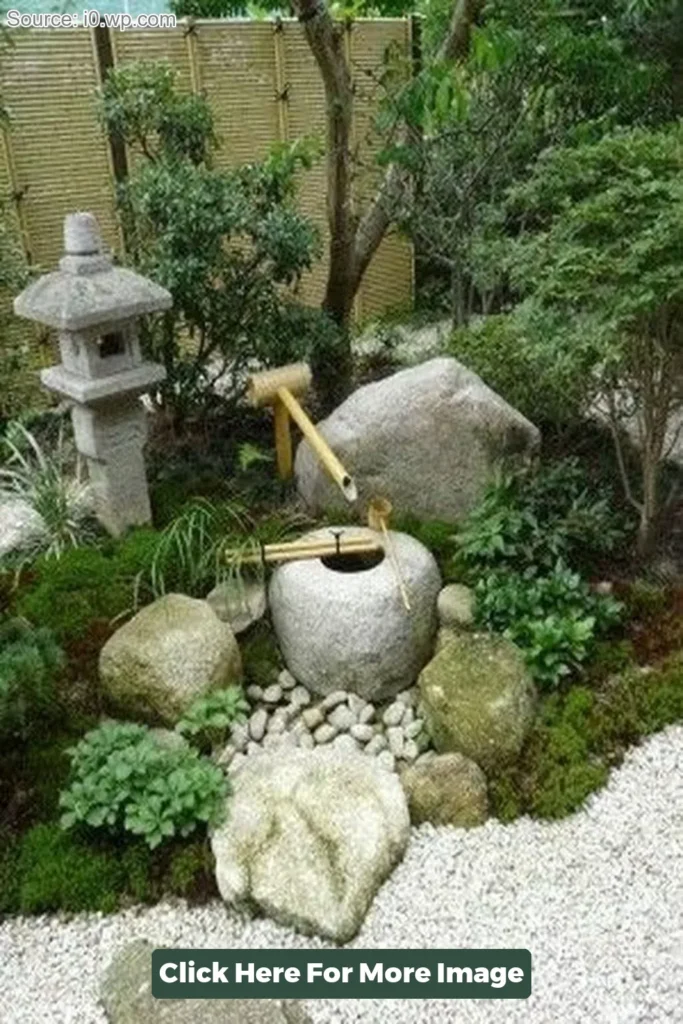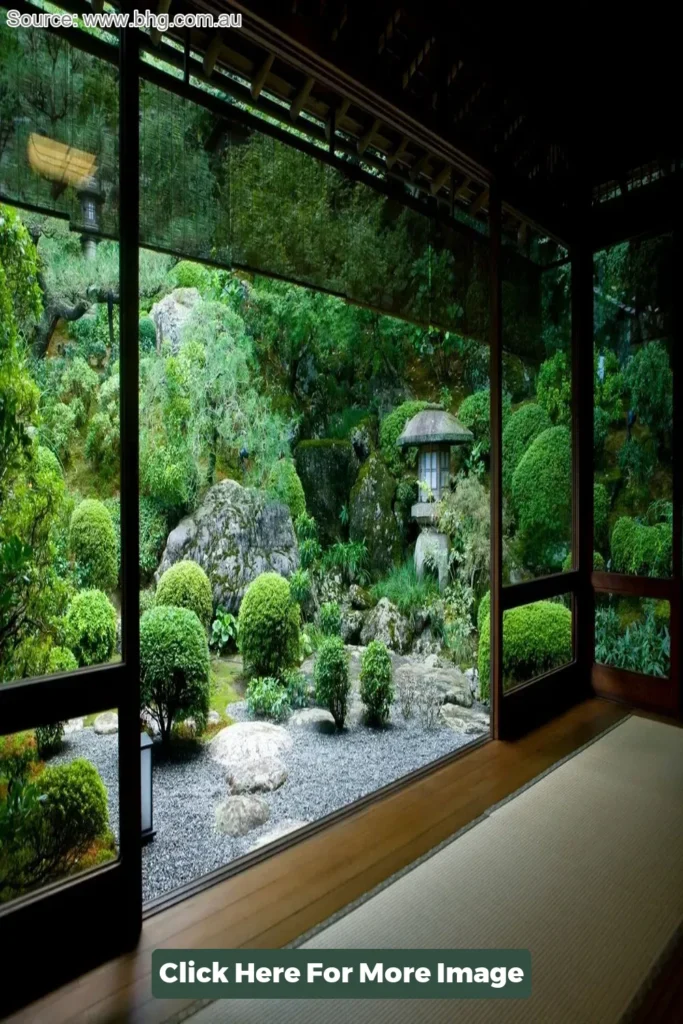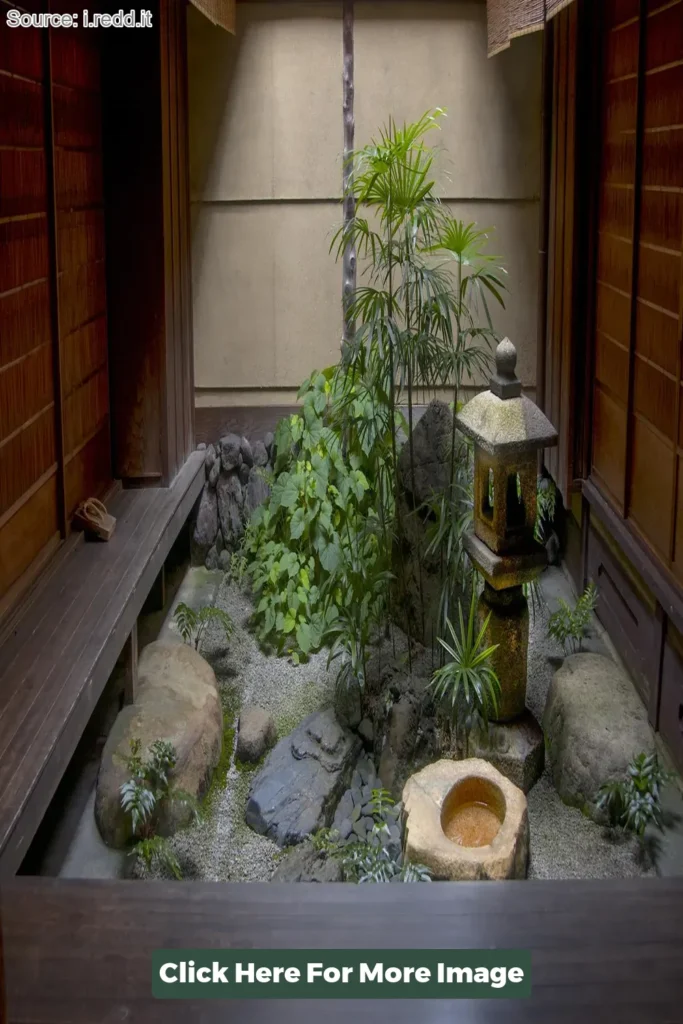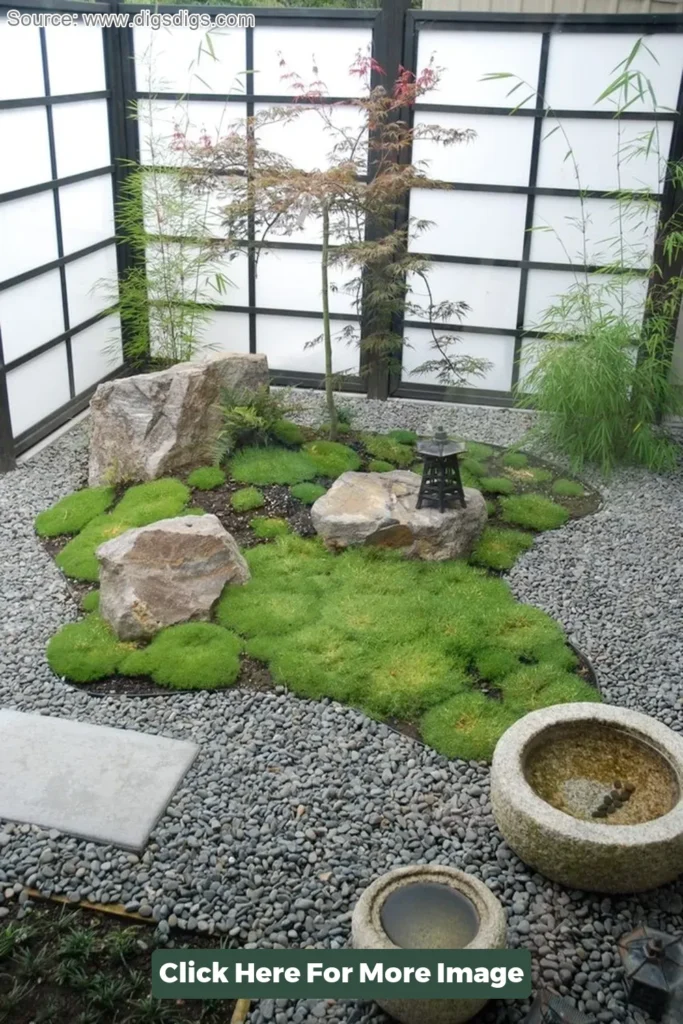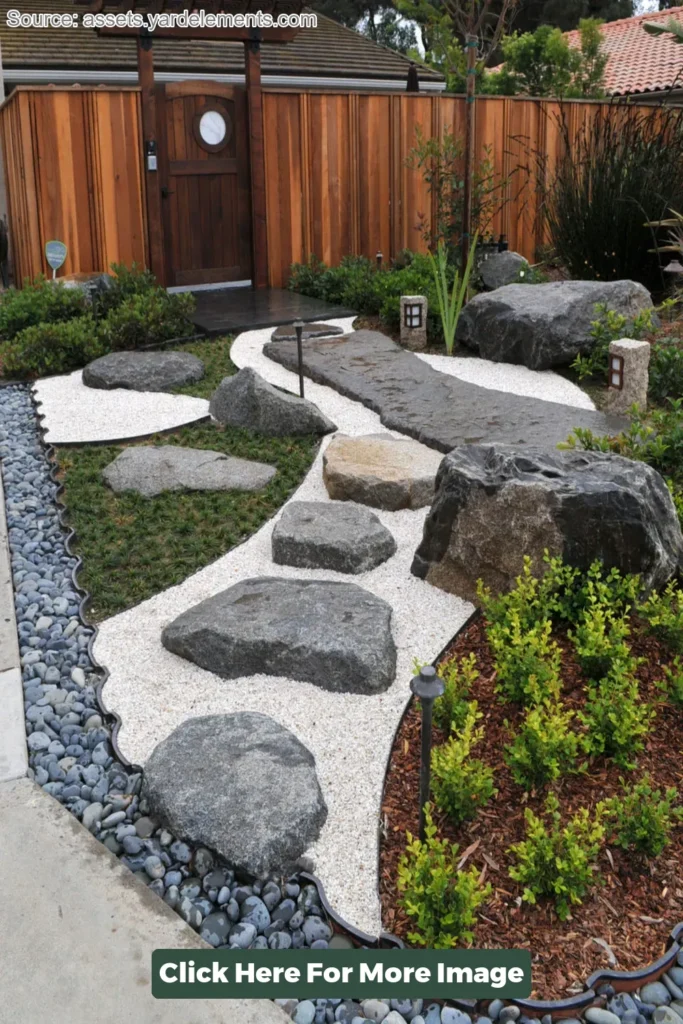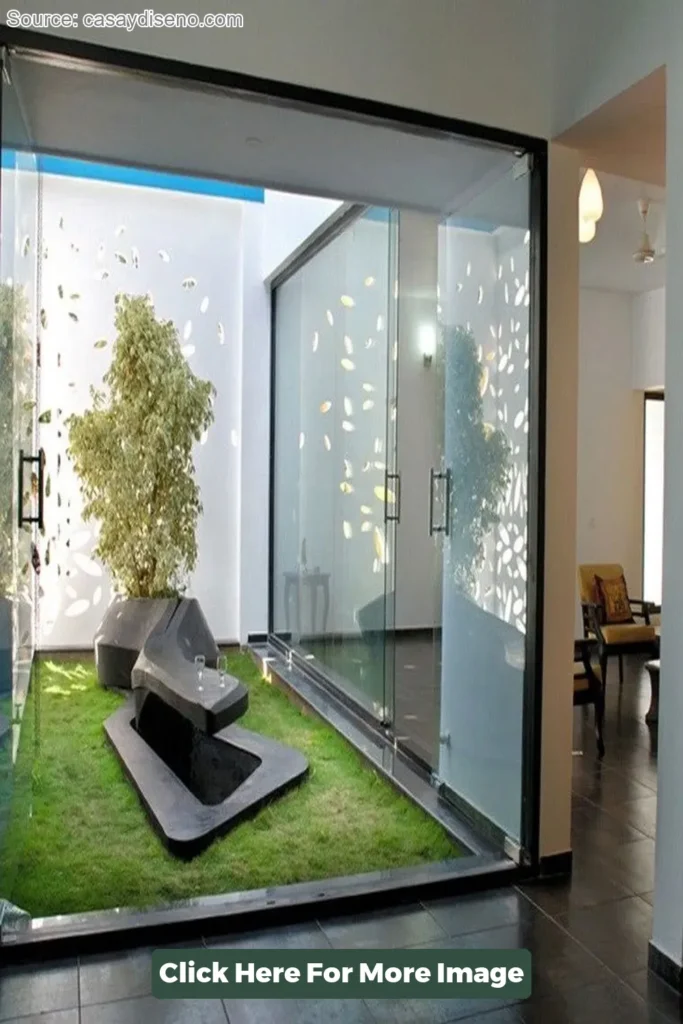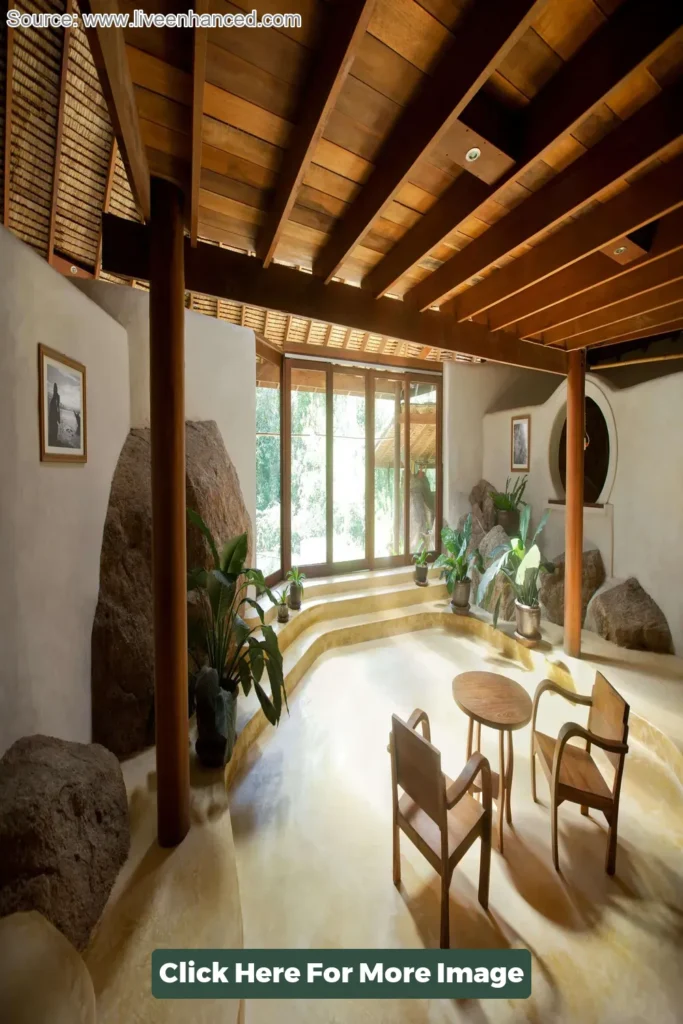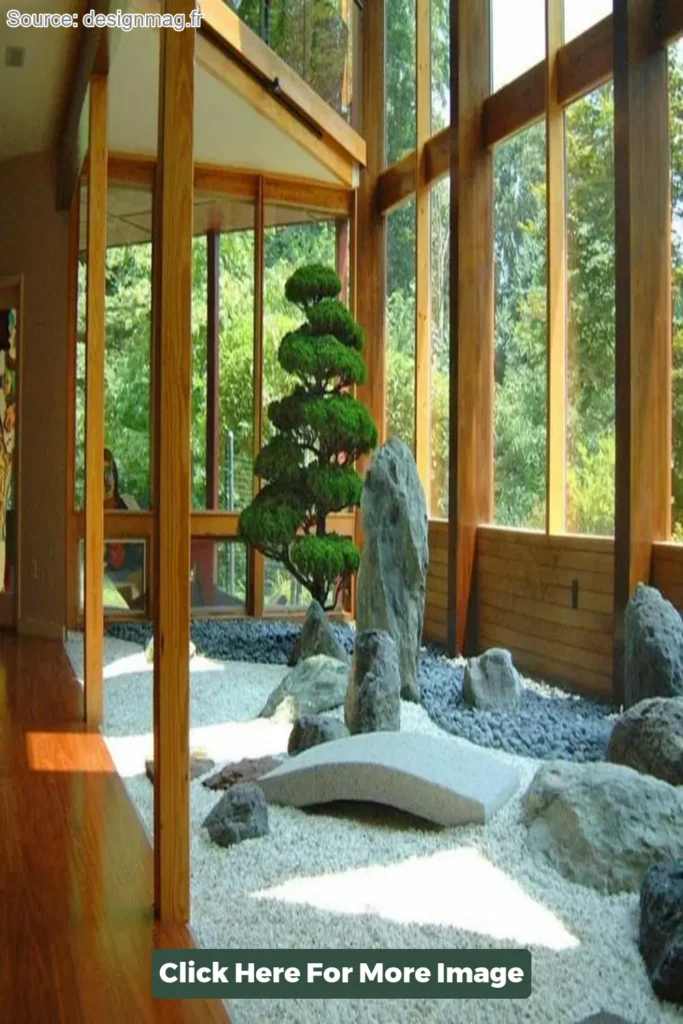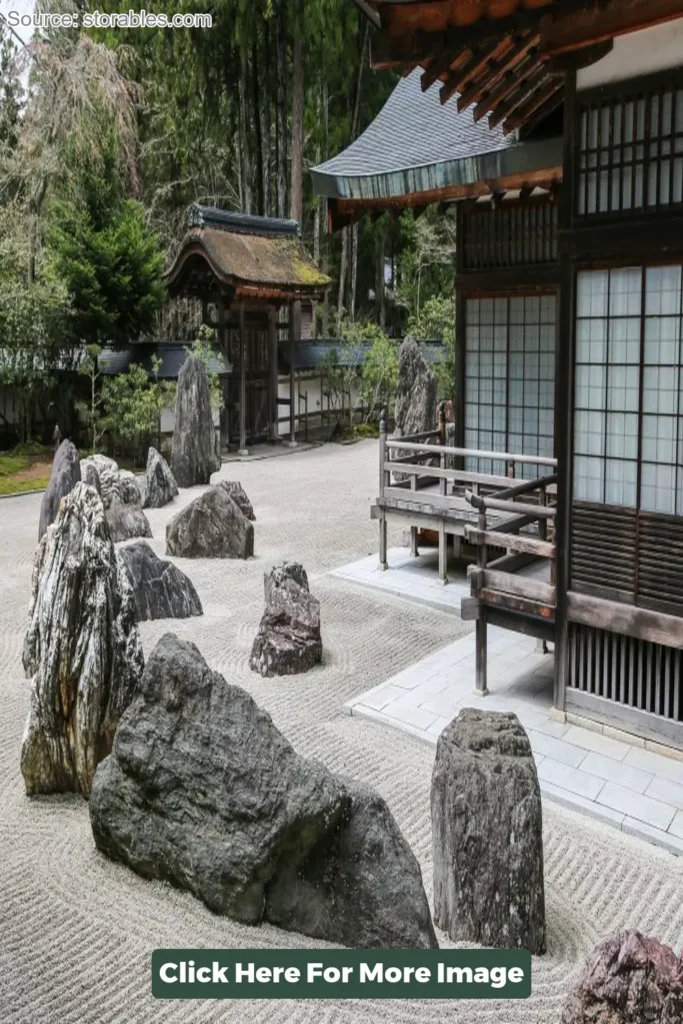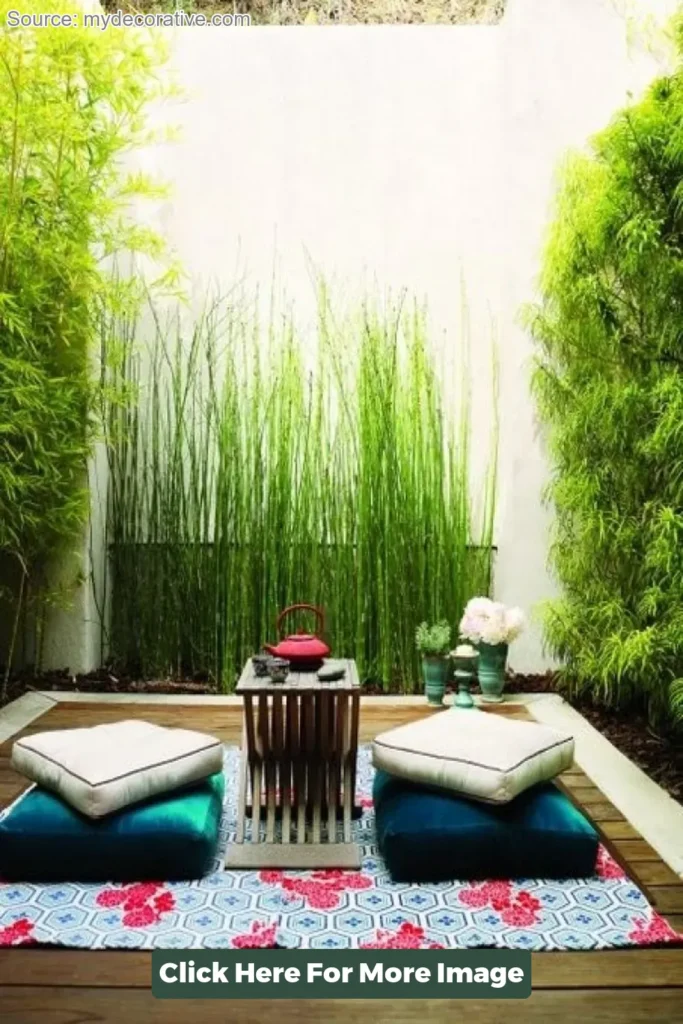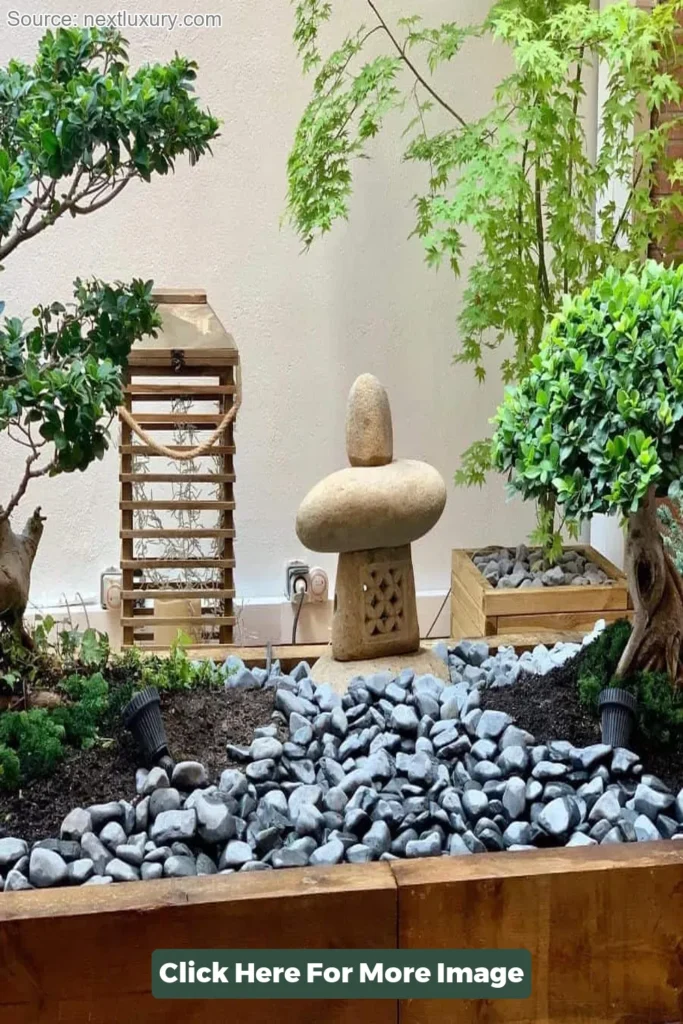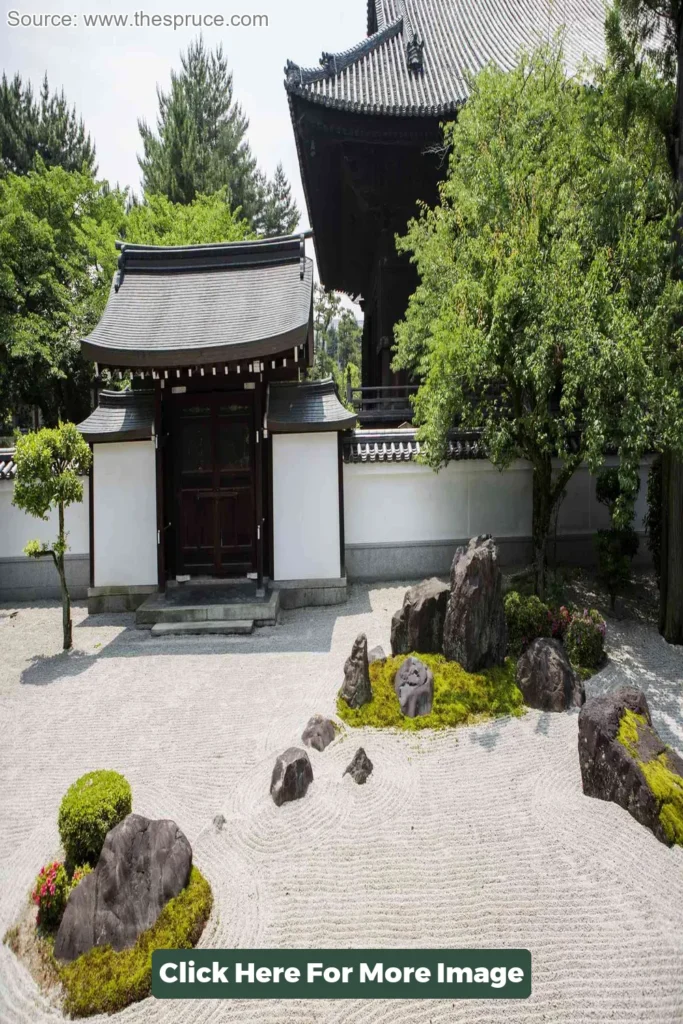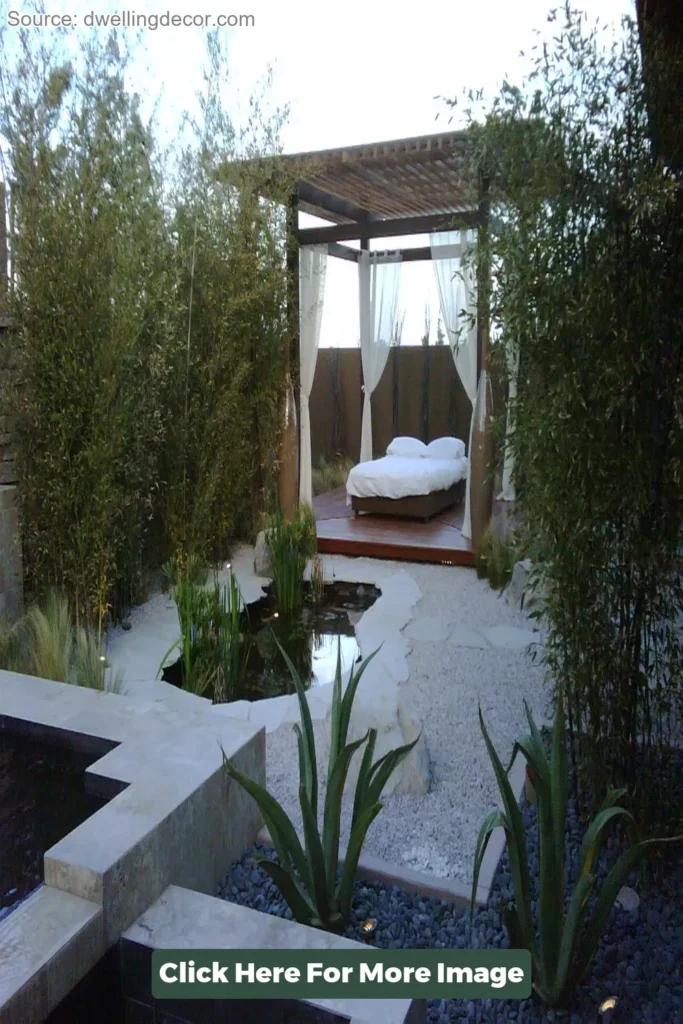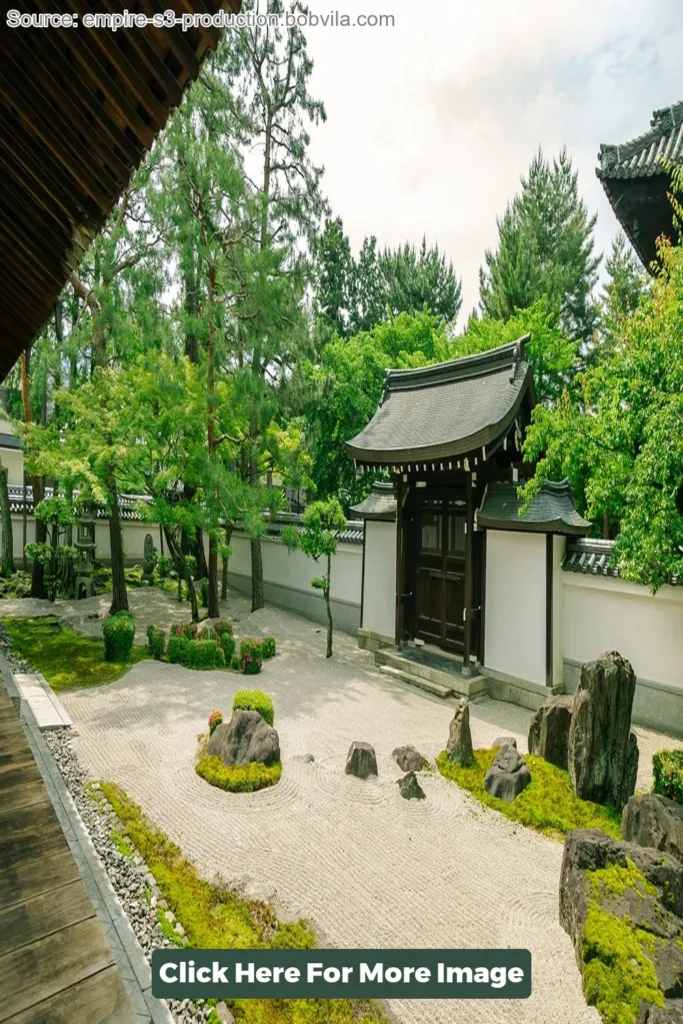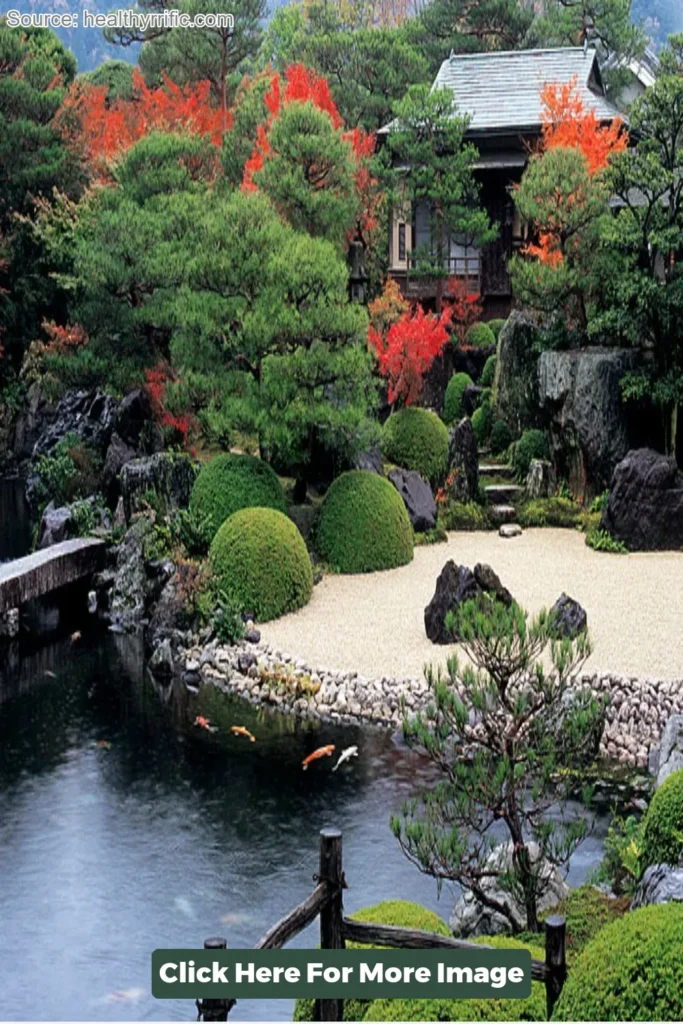Zen gardens have become a popular trend in interior design, providing a calming and peaceful space within a home or office.
The minimalist and tranquil nature of these gardens has made them a go-to choice for creating a serene and harmonious atmosphere.
As a result, the demand for Zen garden interior design has significantly increased in recent years, leading to the rise of the Top 38 Zen Garden Interior Design.
In this article, we will explore the various ways in which Zen gardens can be incorporated into interior design and showcase the top 38 Zen garden designs that are sure to inspire and promote serenity in any space.
So, get ready to explore the world of Zen gardens and transform your home into a peaceful oasis.
Zen Garden Interior Design
Important Point
Also, Read: Top 24 Relaxation Zen Room Ideas
Also, Read: Best 40 Pool Patio Ideas
Also, Read: Best 36 Outdoor House Decor Ideas
Zen Garden Interior Design is a popular and visually appealing design concept that incorporates traditional Japanese Zen garden elements into interior spaces.
This design style creates a calming and peaceful atmosphere while also promoting mindfulness and contemplation.
Origins of Zen Garden Interior Design
Zen Garden Interior Design is derived from the traditional Japanese Zen gardens, also known as “karesansui” or “dry landscape gardens”.
These traditional gardens were created by Zen monks as an aid for meditation and reflection. They typically consisted of a small gravel or sand area with carefully placed rocks and minimal plantings.
Incorporating Zen Garden Elements in Interior Design
The principles of Zen Garden Interior Design are based on simplicity, minimalism, and harmony with nature. The same elements found in traditional Zen gardens are used in interior spaces to create a tranquil and serene environment.
- Rocks and Gravel: Just like in traditional Zen gardens, rocks are a key element in Zen Garden Interior Design. These rocks are carefully chosen and placed in a way that represents natural formations such as mountains or islands. Gravel or sand is also used to represent water or the ocean.
- Plants: In Zen Garden Interior Design, plants are kept to a minimum and are chosen for their simplicity and natural beauty. Bonsai trees or bamboo are often used as they represent harmony and balance.
- Water: Water is another important element in Zen Garden Interior Design. It can be represented by a small indoor water fountain or an aquarium, adding a soothing sound to the space.
- Natural Light: Natural light is crucial in creating a sense of calm and balance in Zen Garden Interior Design. Large windows, skylights, or a strategically placed mirror can bring in natural light and create a connection to the outside world.
- Earthy Colors: The color palette in Zen Garden Interior Design is typically inspired by nature and consists of earthy tones such as beige, brown, and green. These colors create a sense of calm and are easy on the eyes.
Practical Benefits of Zen Garden Interior Design
Aside from its aesthetic appeal, Zen Garden Interior Design also has practical benefits for both homeowners and office spaces.
It promotes relaxation, reduces stress, and encourages mindfulness. This design style can also improve focus and productivity, making it a popular choice for workspaces.
Conclusion
In conclusion, Zen garden interior design has become increasingly popular for its ability to create a peaceful and tranquil living space.
The incorporation of natural elements, such as rocks, water, and plants, along with minimalist design principles, can transform any room into a sanctuary.
The top 38 Zen garden interior designs showcased in this article demonstrate the versatility and serenity of this style.
Whether in a small apartment or a large home, a Zen garden can bring balance and harmony to any space.
So why not consider incorporating some of these elements into your own interior design and experience the calming effects of a Zen garden in your home.
Like this post? Share it with your friends!
Suggested Read –


